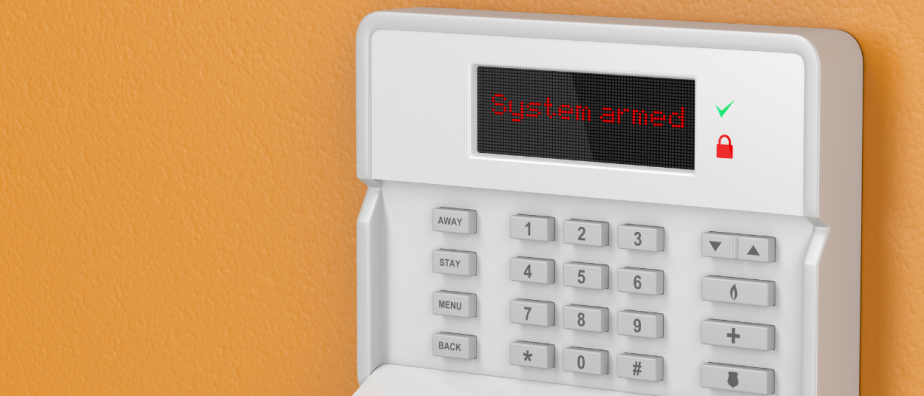Many businesses still rely on the traditional telephone service lines known as POTS lines for their critical services, such as fire alarms and security alarms. These lines are the same technology as the old-fashioned landlines you may still have at home.
The old copper lines are becoming more expensive to maintain and are not always reliable. Also, they don’t support IP connectivity. So over the past couple of years, many telecommunications companies have migrated their networks to fiber-based services. Because of the increasing cost of maintaining and operating traditional analog lines, phone companies have started incentivizing their users to switch to fiber-based services by raising the prices of their old analog lines. Some companies even make the cost of POTS absurd to encourage their customers to leave their old services.
The FCC’s 2019 order released big telecommunications companies from the obligation to maintain and provide legacy copper infrastructure. This means that the end of copper-based services is on the horizon. Despite the FCC’s warnings about the end of copper-based services, many businesses still don’t have the necessary equipment to transition to fiber-based services. And unfortunately, many buildings still rely on POTS connections for emergency services, such as elevators and alarms.
As copper is starting to disappear, legacy devices such as fire alarms and door alarms will need a new mode of connectivity. For instance, every hotel has multiple alarm systems that need to be connected to the network. With SureDial, you can easily access these devices using the hotel’s remote control panel. The hotel’s alarm panel is connected to every connected node in the building, and these nodes can then trigger a phone call to the fire department or the police. In the past, these calls were made using traditional analog lines. However, with the advent of SureDial, we’ll have a new way to make these calls.
Many companies are seeking other options to secure their security and communication needs. One of these is the SureDial. This compact and easy-to-use SureDial device can be used for all your security and communications needs. The hardware looks like a standard home router. It comes with various features and functions and works seamlessly with multiple telecommunication providers.
A SureDial device is typically an LTE device that breaks out a traditional analog line or a VoIP line using an analog SIM card. These devices can also support various fax and modem transmissions and provide multiple other services, such as point-of-sale connectivity. Many SureDial devices support conversion to digital. This type of solution also supports other types of endpoint devices, such as switch ports and routers. Its contemporary design and support for new connectivity options make it ideal for distributed enterprises. SureDial was also built with reliability in mind. As a result, they can be reliable in the event of network outages, and they can also provide a long-term battery backup.
Although the term SureDial sounds simple, it’s not as simple as just plugging a battery into your alarm wires. You need to make sure that you have the necessary equipment, resources, and support to transition from POTS. That’s why SimpleVoIP exists to ensure your transition goes as smoothly as possible.
Unfortunately, the prices of POTS will only increase more, which is why it’s essential to consider a new option. SimpleVoIP will migrate your POTS lines efficiently and ensure that the transition is carried out most cost-effectively. So reach out to one of our VoIP experts now to learn more about how we can help transition from prehistoric to high-tech communication.




